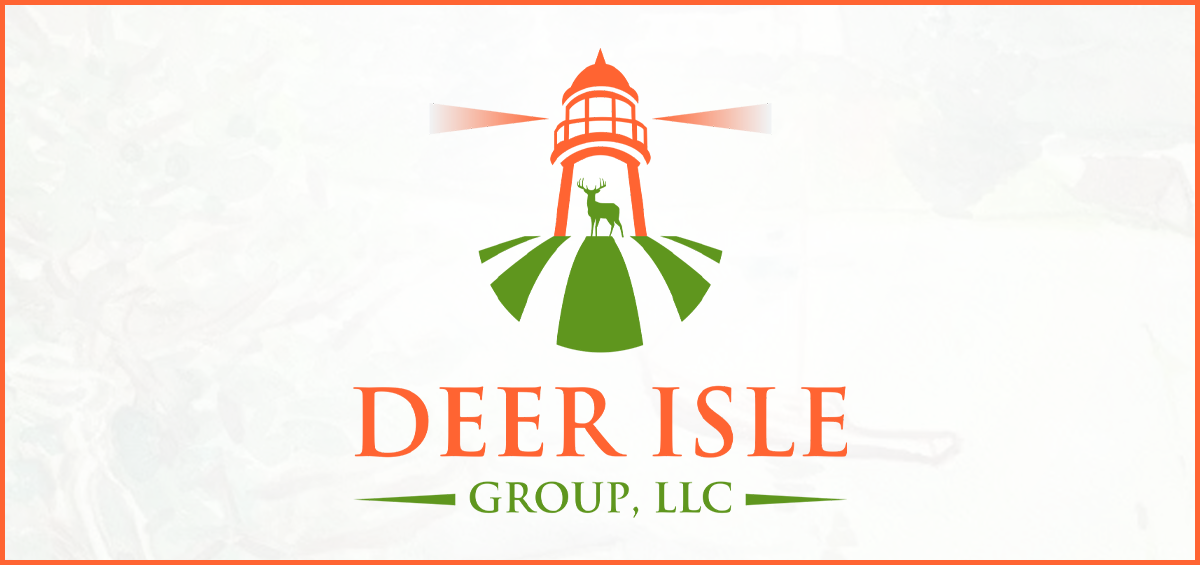This site is operated by Deer Isle Group, LLC (“Deer Isle”), which is not a registered broker-dealer. Deer Isle does not give investment advice, endorsement, analysis or recommendations with respect to any securities. All securities posted on this site or on any pages hereof are being offered by, and all information included on this site is the responsibility of, the applicable issuers of such securities. This site is intended solely for accredited investors. Neither Deer Isle nor any of its officers, directors, agents and employees makes any warranty, express or implied, of any kind whatsoever related to the adequacy, accuracy or completeness of any information on this site or the use of information on this site. By accessing this site and any pages hereof, you agree to be bound by the Terms of Service and Privacy Policy.
All securities-related activity is conducted by Deer Isle Capital LLC (“DI Capital”), a subsidiary of Deer Isle, and a registered broker-dealer and member FINRA/SIPC, located at 18 Goodfriend Drive, East Hampton, NY 11937. You may view the background of this broker-dealer and its registered investment professionals on FINRA’s BrokerCheck. DI Capital has set forth certain procedures in its Business Continuity Plan, a free copy of which may be requested at any time, to prepare for unexpected and significant business disruptions. DI Capital does not make investment recommendations and no communication, through this site or in any other medium should be construed as a recommendation for any security offered on or off this site. Investments in private offerings are speculative and involve a high degree of risk and those investors who cannot afford to lose their entire investment should not invest in such offerings.




